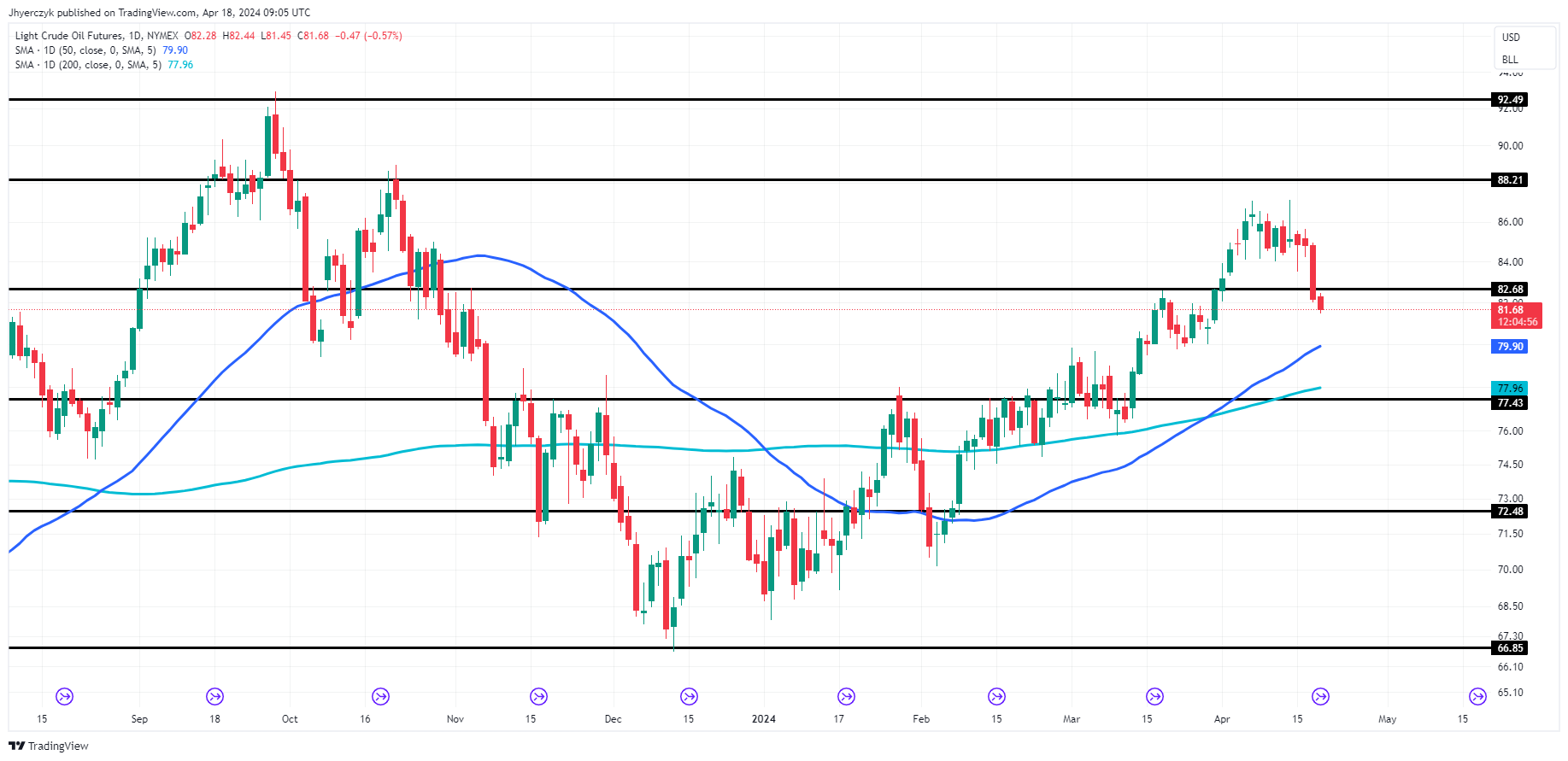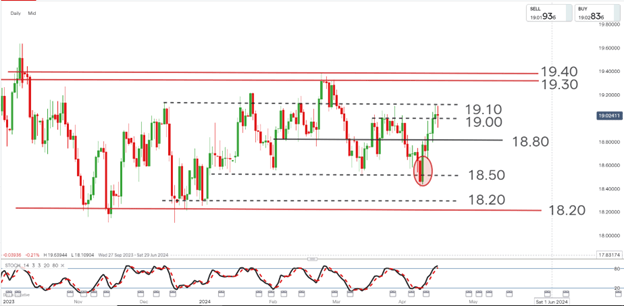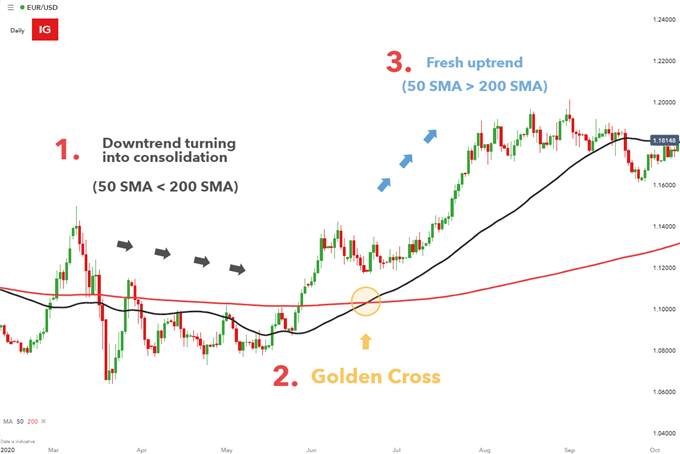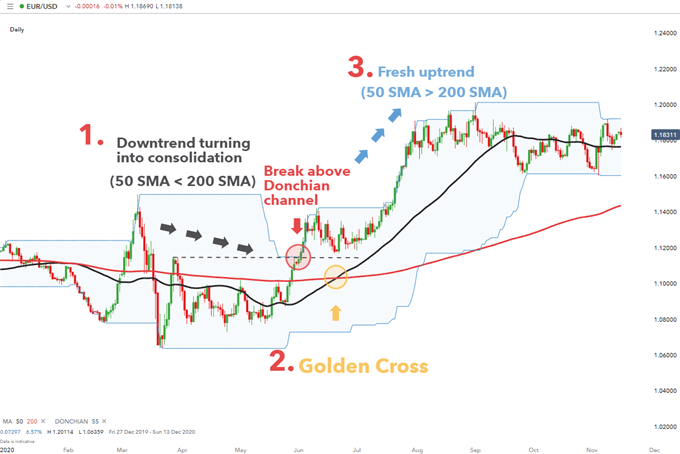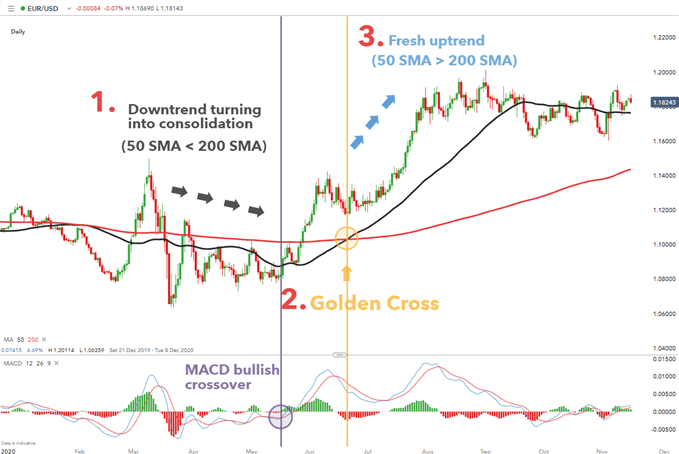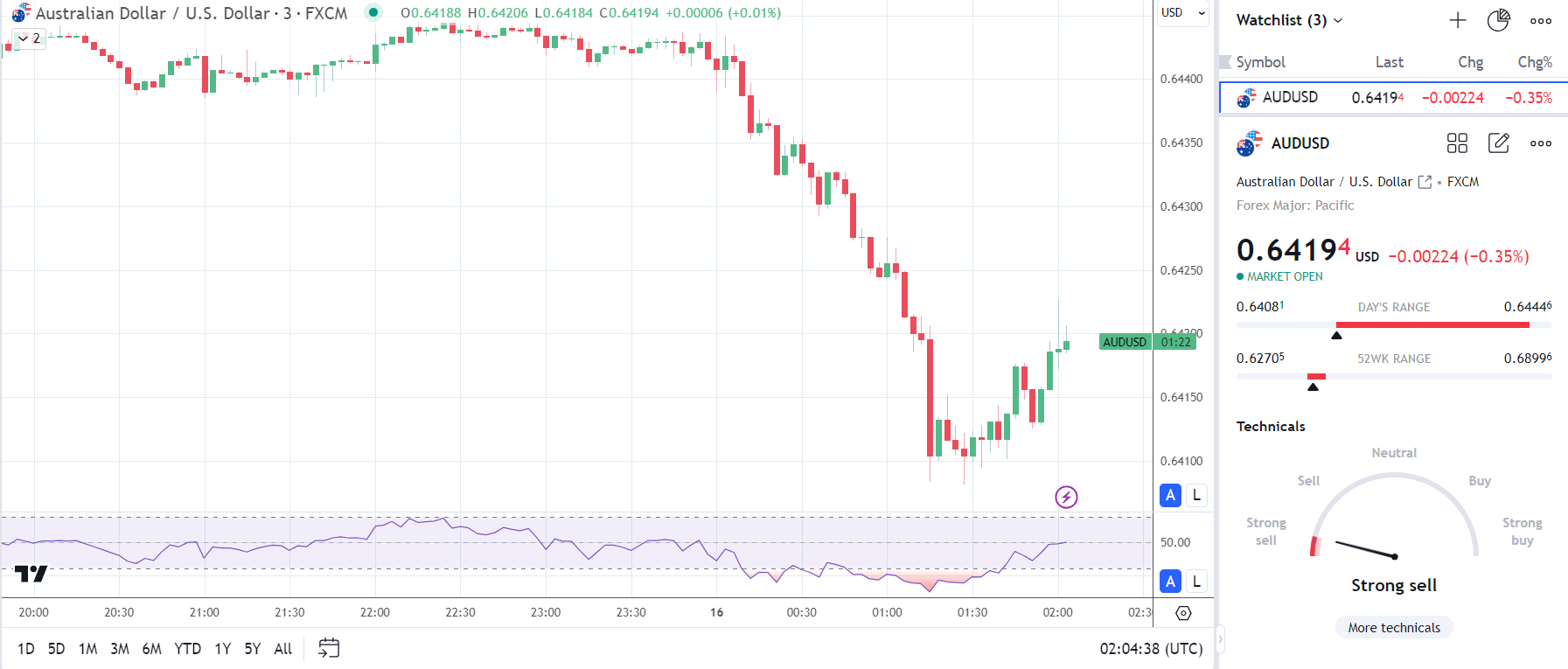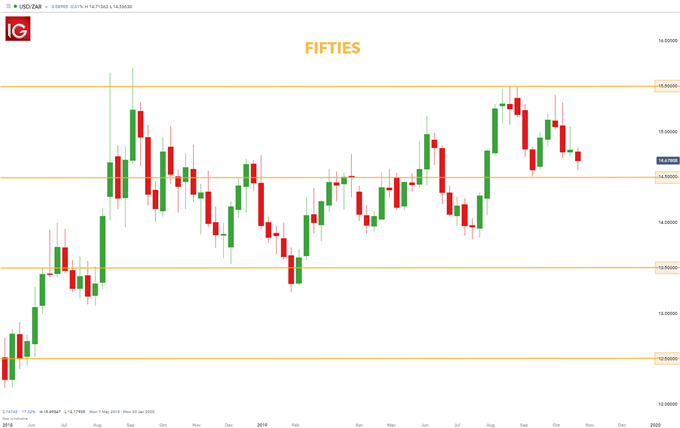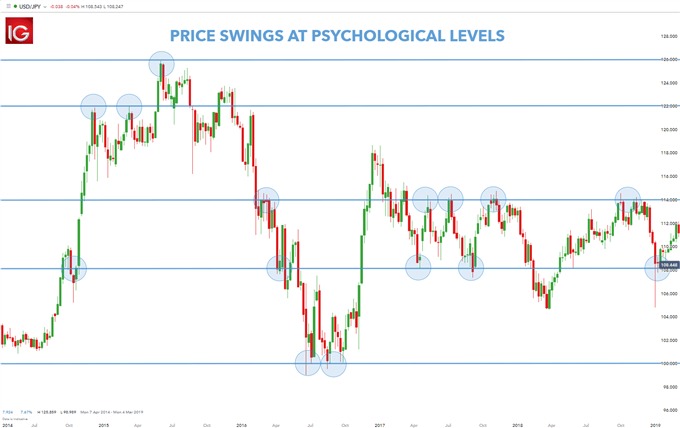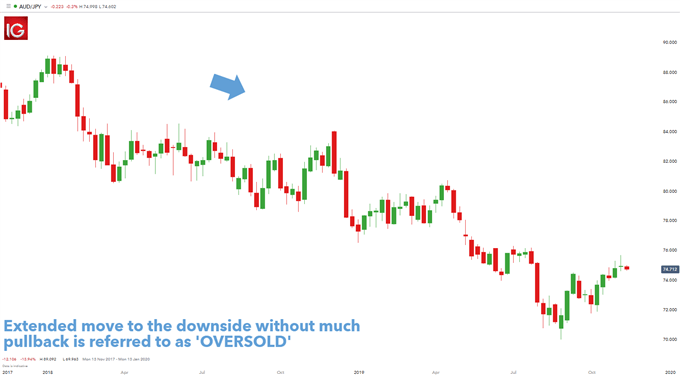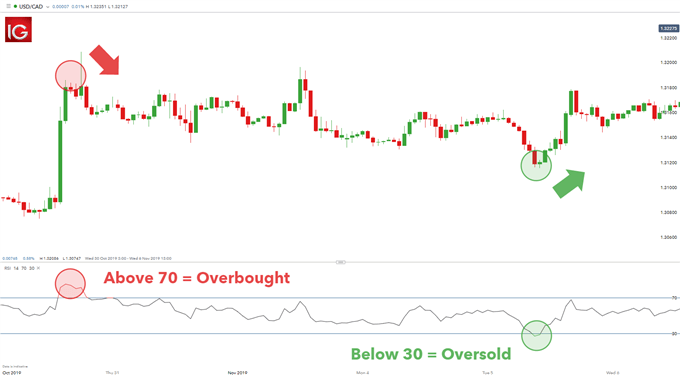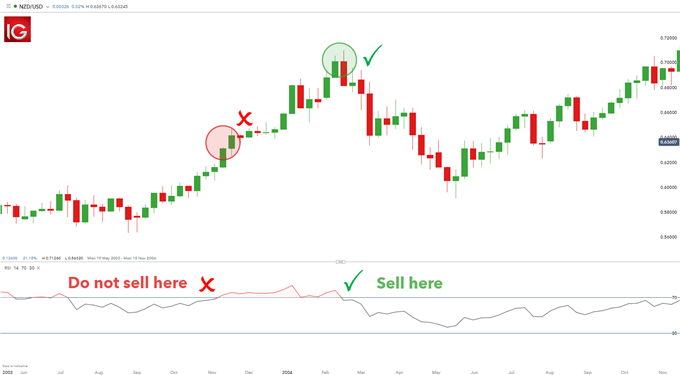What is the Bank of England (BOE)?
Established in 1694, the Bank of England is the banker to, and owned by, the British government but is independent when setting monetary policy. Its roles include the setting of monetary policy – which includes targeting interest rates and using other tools to stimulate or contract the economy – producing the UK’s bank notes, supervising some bank payment systems, and ensuring the stability and safety of the financial system.
For traders, the BOE’s setting of monetary policy is a key factor to consider as it can have a big impact on the financial markets. Other factors, like the independence of the central bank are also important but are more prevalent issues in emerging market economies.
Key Economic Mandates of the Bank of England
According to the Bank of England, their two core purposes or mandates are:
1) Monetary stability – which is price stability or inflation
2) Financial stability – which is the stability and health of the economy
Monetary Stability
Monetary policy is extremely important for the entire economy. It prevents runaway inflation and attempts to ground inflation expectations so that the economy can grow at a regular pace. In order to maintain price stability, the Bank of England and their monetary policy committee (MPC) have set an inflation target of 2%.
If inflation goes above the target of 2% the Bank of England may increase interest rates. The increase in interest rates may cause an appreciation in the Pound as investors increase capital flows into the higher yielding currency. It may also have a negative affect on the stock market, as businesses will have to pay higher rates to lend and equity valuations will be discounted at a higher interest rate. Monetary policy data can be found on our economic calendar.
However, it is not always the case that the Bank of England will increase interest rates if inflation is above target. In some cases, like when GDP growth is still low or negative, the Bank of England may keep interest rates low to stimulate the economy. It is important to know the Bank of England will be looking for a balance between healthy inflation and economic growth.
Financial Stability
The resilience of the financial system is paramount to the health of the UK economy and therefore necessary for the Bank of England to accommodate. To support Financial Stability mandates, the bank also has a Financial Policy Committee or FPC which was established in June 2011. From an FX point of view, the Monetary Stability is the key driver of spot rates for the GBP.
How BOE interest rates affect the Pound
Interest rate impact on the Pound
The Bank of England can affect the value of the Pound through changes in interest rate expectations. Traders should understand that currencies appreciate when interest rate expectations increase, not just from increases in the nominal interest rate.
For example, if the Bank of England keeps interest rates unchanged but issues forward guidance (tells the market) that they expect more interest rate hikes in future, the value of the Pound will appreciate. Likewise, decreases in future interest rate hike expectations, or expectations of an interest rate cut can lead to a decrease in the value of the Pound.
This is the general principle for how interest rates affect the Pound and stock market, although they sometimes react differently:
- Higher interest rate expectations increase the strength of the Pound (GBP) and negatively affect equity values.
- Lower interest rate expectations decrease the strength of the Pound (GBP) and positively affect equity values.
Interest rates aren’t the only monetary policy tool that can affect the currency, tools like quantitative easing can also lead to increases and decreases in the value of a currency. If the Bank of England announces that it plans to start a quantitative easing program (QE), the pound will likely depreciate as a large amount of liquidity enters the market, increasing the supply of money in the market and leading to a decrease in interest rates, or, simply to maintain current rates.
Interest rate impact on the economy
The Bank of England lowers interest rates when it is trying to stimulate the economy (GDP) and increases interest rates when it is trying to contain inflation caused by an economy operating above potential (overheating).
Lower interest rates stimulate an economy in a few ways:
- Businesses can borrow money and invest in projects that will receive more than the risk borrowing rate.
- When interest rates are lower the stock market is discounted at a lower rate, leading to an appreciation in stock market values which causes a wealth effect.
- People invest their money into the economy (stocks and other assets) because they can earn more in these assets than at currently low interest rates.
The table below displays the possible scenarios that come from a change in interest rate expectations. Traders can use this information to forecast if the currency is likely to appreciate or depreciate and how to trade it.
| Market expectations |
Actual Results |
Resulting FX Impact |
| Rate Hike |
Rate Hold |
Depreciation of currency |
| Rate Cut |
Rate Hold |
Appreciation of currency |
| Rate Hold |
Rate Hike |
Appreciation of currency |
| Rate Hold |
Rate Cut |
Depreciation of currency |
Let’s look at the example below on GBP/USD. On August 4, 2016 the Bank of England cut interest rates and announced a stimulus package (quantitative easing program). The market reacted negatively and the Pound depreciated.

Top Takeaways of the BOE and Forex Trading
- The Bank of England is fundamental to the value of the Pound
- The Pound will appreciate or depreciate depending on changes in interest rate expectations, not just on actual changes.
- Quantitative easing has a similar effect to changes in interest rates. Changes in expectations of quantitative easing will have an effect on the Pound.
- Rising inflation does not mean the Bank of England will increase interest rates, it depends on the balance between economic growth and inflation.
